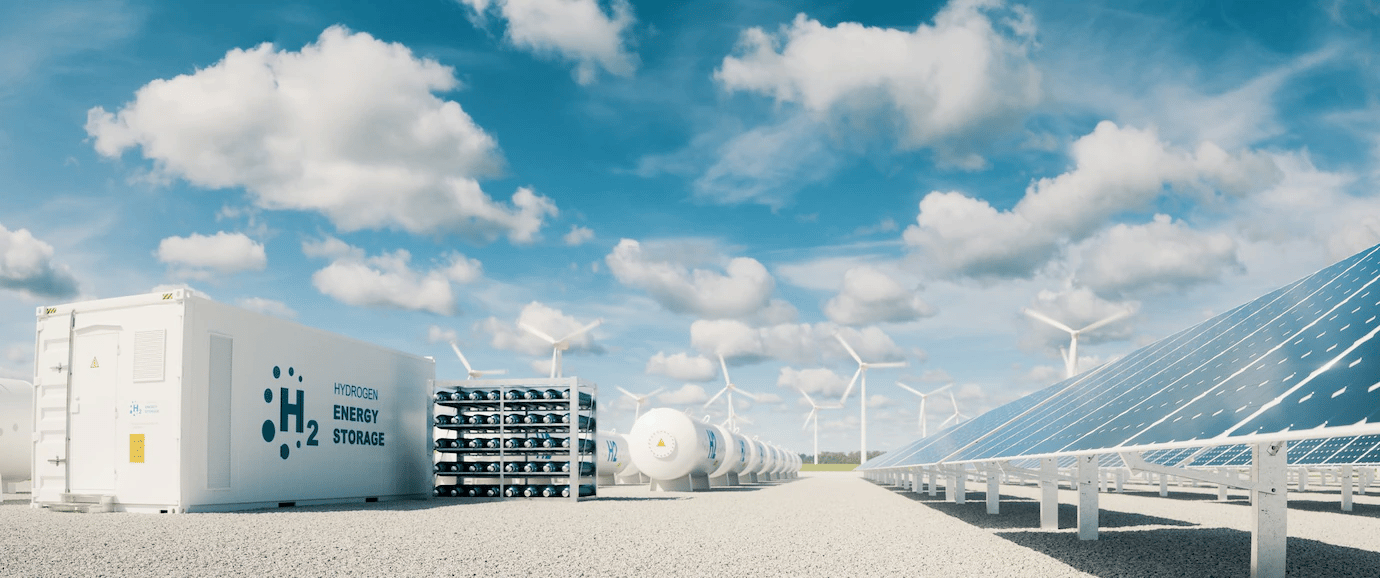Connecticut Unveils Draft Roadmap Exploring Role of Clean Hydrogen in Meeting Climate Goals

The Connecticut Department of Energy and Environmental Protection convened on July 29 to review its Draft 2024 Connecticut Clean Hydrogen Roadmap. The document analyzes how Connecticut’s hydrogen ecosystem can develop and compares its viability to existing energy sources to help the state meet its clean energy goals.
Clean hydrogen is projected to play a crucial role in the northeast state’s clean energy mix, complementing other methods such as electrification to help reach emissions targets. Connecticut has enacted legislation requiring 45 percent reduction in emissions by 2030, and 80 percent reduction by 2050 relative to 2001 levels. The state is also required to attain 100 percent carbon-free electricity supply by 2040.
The plan lays out the following key objectives:
- Study the integration of hydrogen into Connecticut’s energy landscape and its role in supporting decarbonization, economic growth, and environmental justice.
- Support green hydrogen production, from renewable sources.
- Facilitate an organized clean hydrogen value stream, from production to end-use, and evaluate how specific technologies within the supply chain can scale up to grow the local hydrogen economy.
- Analyze benefits and risks related within the hydrogen value chain and mitigate risks.
- Provide recommendations on policies, programs and plans to develop the local hydrogen economy.
Additionally, the draft roadmap suggests a more specific definition of clean hydrogen as “hydrogen not produced from fossil fuel feedstocks and with a carbon intensity of less than 2 kg CO2e per kg of hydrogen on a life cycle basis that includes owned and retired environmental attributes.” Several hydrogen production pathways fall under this definition, including: electrolysis, gasification, and pyrolysis. The roadmap excludes other methods such as steam methane reforming with carbon capture due to the rate of methane leakage.
The roadmap finds that electrolysis offers the greatest potential to increase hydrogen production in Connecticut. The state has abundant water supplies thanks to the high precipitation. However, the paper identifies high electricity prices in the region as a limiting factor for hydrogen production.
The analysis for Connecticut’s hydrogen roadmap produces some key figures and estimates for the state’s hydrogen economy in the short-term and long-term future:
- By 2027, the estimate for annual hydrogen demand is 7,700 tons, which increases to 76,000 tons per year by 2040
- Assuming a carbon intensity of 0.45 kg CO2 e/ kg of hydrogen, annual greenhouse gas reductions from hydrogen is expected to be 63,000 in 2027 and projected to increase to 472,000.
- By 2027, cumulative capital invested in hydrogen is projected at $527 million, and this figure is expected to reach $4,990 million by 2040.
The event gathered various stakeholders within Connecticut’s hydrogen economy including leading hydrogen companies, Connecticut Department of Economic and Community Development, Connecticut Green Bank, environmental and labor advocacy groups, the University of Connecticut, and Congress Delegation members.
EnerKnol Pulses like this one are powered by the EnerKnol Platform—the first comprehensive database for real-time energy policy tracking. Sign up for a free trial below for access to key regulatory data and deep industry insights across the energy spectrum.
ACCESS FREE TRIAL


